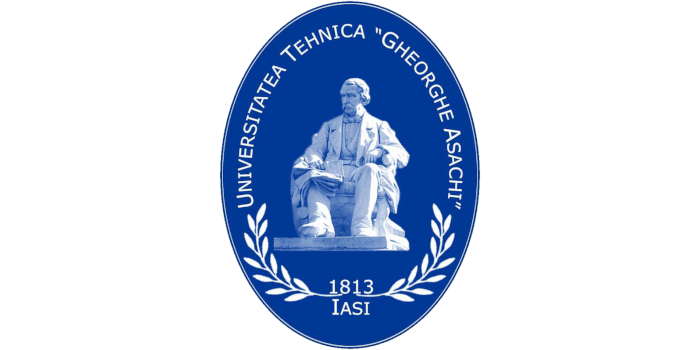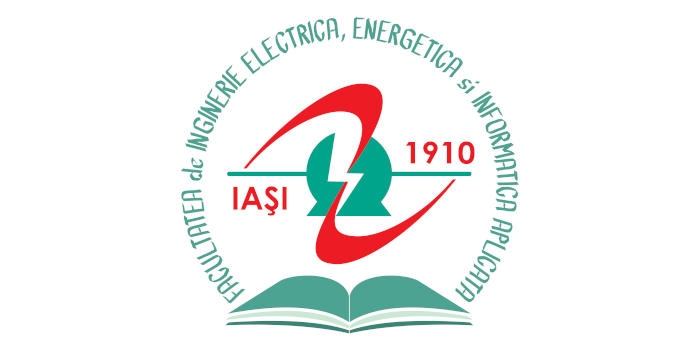Experimental implementation and study of the lightning swept-stroke along an aircraft
Vincent Andraud
The French Aerospace Lab ONERA, France
ABSTRACT
In the domain of the aeronautical industry, the risk of a lightning strike is taken into account from the conception of the aircraft as the phenomenon statistically occurs every 1000 to 10000 flight hours. As this phenomenon involves a lightning channel that is static in the terrestrial reference frame and an aircraft that can reach a speed of 100 m/s in the take-off or the landing phase, there is a displacement of the impact area – the arc root - on the aircraft outer skin. This phenomenon is referred to as the swept-stroke phenomenon. Thus, all the parts of the aircraft are exposed to the risk of direct electric and thermomechanical damages induced by lightning strikes. Therefore, it is necessary to understand the physical mechanisms that drive the displacement of the arc root to optimize lightning strike protections. There is a significant bibliography about the modeling of this displacement combining electromagnetism and fluid mechanics equations. Though, the existing simulation codes still have not been validated by the implementation of an experimental aircraft simulation that would be struck down by lightning to create a reference database for the physical parameters of the phenomenon. This work aims to reproduce such an experiment and establish a reference database. To reproduce a representative experiment of swept-stroke, a high-power electric generator with a Buck configuration capable to reproduce an electric arc respecting the aeronautical standard lightning waveform is designed, implemented, and tested. Electric arcs of a few kV representatives of the continuous lightning waveform standard are created and elongated until 1.50 m. The propulsion of test samples to speeds of several tens m/s is realized with the design, development, and implementation of a Railgun electromagnetic launcher: a supercapacitor bank enables the injection of a current of 25 kA during 50 ms into a Laplace’s rails system and so to propel samples of a few hundred grams to the desired speeds within 2 m of acceleration. The coupling of the electric generator and the Railgun enables the reproduction and the study of the swept-stroke: electrical measures and optical diagnostics through high-speed camera and spectroscopy are implemented to characterize the electric, hydrodynamic and thermal behavior of the moving electric arc. The impact point displacement is also characterized and analyzed. These measures and analyses are also conducted with a Wind tunnel that provokes the displacement of the electric arc on the test sample, replacing the Railgun. From this study, the comparison between the two modes of relative motion between the electric arc and the test sample is established.
SPEAKER BIO
Vincent Andraud received his engineering degree from the French school CentraleSupelec in 2018. After research projects about the formation and the dynamics of electric arcs in the aeronautical context in the French Lab GeePs and the characterization of a vacuum arc plasma thruster in the German Universitat des Bundeswehr, he conducted and received a Ph.D. in 2022 in Electrical Engineering in the French labs Onera, GeePs and the Université Paris-Sud. His topic was the experimental implementation and the study of the lightning swept-stroke along with an aircraft. To this end, he designed and built an electric generator capable to reproduce electric arcs representative of a lightning channel and a low-voltage railgun capable to propel an aeronautical test sample at the speed of an aircraft within 2 m.
















































